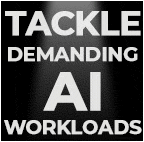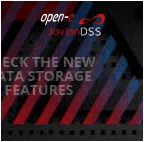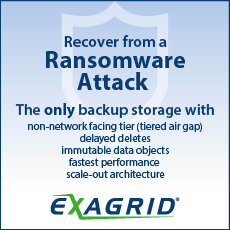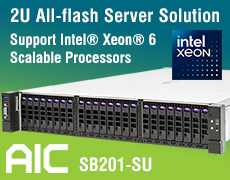Bottom of Market Passed for HDDs, NAND/SSDs and Tapes
For HDD component companies, "Build to Order" means "Order to Build" - and thoughts on AI PCs
This is a Press Release edited by StorageNewsletter.com on March 18, 2024 at 12:23 pmThis market report was written on an Executive Brief by analysts of Trendfocus, Inc.
For HDD Component Companies, “Build to Order” Means “Order to Build”
And Thoughts on AI PCs
After well over a dozen meetings in the 2 weeks, confidence is building in the storage supply chain (HDDs, NAND/SSDs and tape) that the bottom of the market has been passed and, in some cases, the positive signs outlined in Trendfocus’ December 2023 Asia trip notes are materializing. An unseasonably warm winter in gave way to winter-like conditions during much of our Japan swing, but the cold temperatures did not mirror the cautious optimism of the HDD supply chain.
The HDD industry as a whole has embraced the build-to-order mantra after trimming production capacity and component inventories, and projecting very conservative build plans to HDD part makers. Dollars spent to build HDDs must be product-backed by firm orders and despite slightly improving cloud demand for nearline, the rest of the market remains cautious about placing orders for uncertain demand later this year. However, economic indicators are clearly pointing upwards and despite fielding numerous questions about the impact of upcoming U.S. presidential elections on the economic recovery, a growing confidence in improving market conditions will eventually free up spending that has been mostly frozen for the past 18+ months. We are happy to leave the political punditry to other talking heads in the media, in any event.
Many component suppliers, especially supporting HDD substrates and media, are chasing suddenly higher near-term expectations of HDD vendors receiving slightly larger customer orders. Since much of the demand improvement has been from cloud customers taking high-capacity nearline HDDs, a small increase in HDD units results in a 10x higher demand for disk and head-related component orders. If HDD vendors expect build-to-order behavior from their customers, a lean supply chain is experiencing “order to build” directives from those same HDD suppliers.
The component-to-finished HDD supply chain is stretched pretty thin which is justified given the industry’s emergence from the depths of the historic nearline downturn of 2023. However, if HDD suppliers indeed stick to build-to-order tactics and there is any delay in customers placing orders after deciding stronger late-2024 demand is real, HDD supply allocation is nearly ensured. Perhaps it is a good problem to have, at least over the short term, but allocation will cause an inordinate amount of stress and churn across an industry chasing demand…or orders, that is.
While tape demand did not plunge in 2023, unlike HDD and flash memory, tape media vendors are also seeing modest improvement in Y/Y shipments. Given the smaller and more-targeted tape markets, volatility appears less severe than in other storage technologies, but the tape industry is indeed looking forward to improved on-premises and cloud storage spending as well.
Uncertainty in NAND flash recovery timing remains and some of the positive shipment increases in 4Q23 resulted undoubtedly from sharply higher pricing from vendors refusing to bleed more money in a weak market. NAND companies are planning to continue with elevated prices over the coming quarters, recovering pricing, if not necessarily demand, following the unprecedented price plunge from 2022 to 2023.
Another hot topic was the emergence and push by CPU vendors and Microsoft for launching AI PCs. With added neural processing units (NPUs) into CPUs to more efficiently handle AI tasks, Intel has already publicly stated that NPU-enabled processor shipments should reach 40 million this year and 60 million in 2025. Microsoft is also encouraging PC OEMs to include a Windows Co-Pilot hardware button on AI PCs.
Flash companies wondered if the dawn of the AI PC would require faster SSD interfaces or architectures and possibly higher capacities when AI PCs ship to the market. The short answer for now is “no”. PCIe Gen 4 SSDs offer plenty of performance and Microsoft has also approved slower UFS storage specifications for AI PCs.
In addition, there is no extra need for accelerating capacity mix for PCs beyond the current increases already happening. A quick glance at AI PC initiatives clearly shows why – AI PCs at first are meant to automate and optimize onboard PC processes and features, rather than generate increasing amounts of large data types that would require more storage. Maybe in the future we will all be using generative AI-created videos to liven up our PowerPoint presentations and require more storage space as a result – a rather dystopian sounding future, no?














 Subscribe to our free daily newsletter
Subscribe to our free daily newsletter

